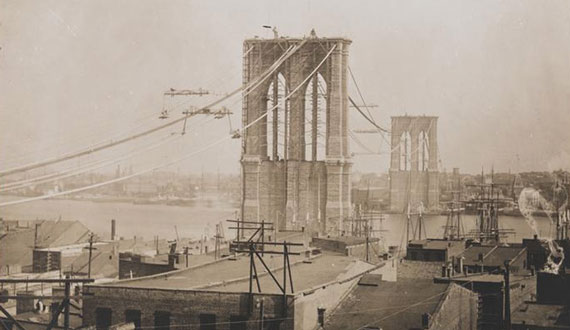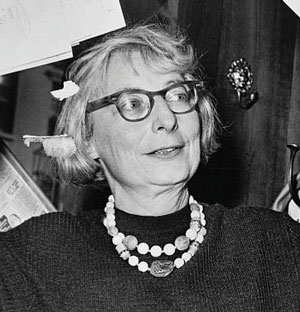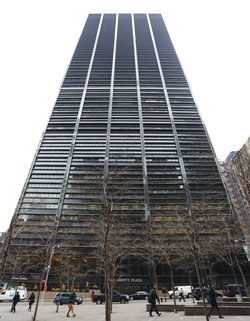Trending
This month in real estate history
This month in real estate history

1883: The Brooklyn Bridge opens
The Brooklyn Bridge, an expensive feat of engineering that stitched together two boroughs, officially opened 133 years ago this month. In 1867, John Roebling, a German immigrant who designed the bridge, boasted, “The completed work, when constructed in accordance with my designs, will not only be the greatest bridge in existence, but will be the greatest engineering work of the continent, and of the age.” Indeed, at its completion, the structure was the largest suspension bridge in the world. But its construction took 14 years — twice as long as planned — and went 100 percent over budget, according to Business Insider. However, along with its iconic look, the bridge proved to be pivotal to the city’s development. By providing land passage between Manhattan and Brooklyn, it paved the way for Brooklyn’s consolidation into New York City in 1898, helping the city flourish as a commercial center and outpace rivals like Philadelphia and Boston. To date, the bridge is largely unchanged. Six years of rehab work is set to wrap up this year. Future maintenance is planned into the next decade.
1916: Jane Jacobs is born

Jane Jacobs
Jane Jacobs, the influential urban planner and writer whose prescriptions inspired the “New Urbanism” movement and became a blueprint for mixed-use neighborhoods, was born a hundred years ago this month in Scranton, Pennsylvania. She is best known for her 1961 book, “The Death and Life of Great American Cities,” which advocated for densely packed cities with a diversity of residents, businesses and building types. A freelance journalist who did not have a college degree, Jacobs based her theories on empirical observations of her own street in Greenwich Village. “People who know well such animated city streets will know how it is,” Jacobs wrote in her book. She first arrived in New York in 1934. While working as a secretary, she wrote articles for a variety of publications, including Vogue, the New York Herald Tribune and Q Magazine. In 1952, she got a job as an editor at Architectural Forum, allowing her to learn about urban renewal projects. She became highly critical of Robert Moses, the city’s parks commissioner, and during the 1960s successfully fought his plan to build a highway in lower Manhattan that would have run through Washington Square. Jacobs and her husband relocated to Canada in 1968. Shortly after she died in 2006, Nicolai Ouroussoff, the New York Times architecture critic, wrote, “An urban flâneur of the first order, [Jacobs] reminded us that cities could only be fully understood with our eyes, feet and ears — not from the distant abstraction of architectural drawings.”

One Liberty Plaza
1998: NASDAQ eyes move to New York City
The National Association of Securities Dealers said it was considering relocating its headquarters and the Nasdaq stock market to Manhattan from Washington, D.C. 18 years ago this month. The move was intended to challenge the dominance of the New York Stock Exchange as well as to allow the N.A.S.D. to consolidate its operations under one roof, the New York Times reported. A city official told the paper that the N.A.S.D. was “debating whether to move the association’s entire operations and 1,500 employees from the Washington area to New York.” It would either combine its offices with those of the American Stock Exchange — which it was in the process of acquiring — or move to its own building. The city, which had already handed out tax breaks to entice Morgan Stanley and the New York Stock Exchange to remain in Manhattan, dangled a subsidy to attract the N.A.S.D. Ultimately, the relocation to its new headquarters in Lower Manhattan would be delayed because of the 9/11 attacks. After flirting with the idea of moving its two stock exchanges to Times Square, the N.A.S.D. in 2003 moved the Nasdaq to One Liberty Plaza. Today, the Nasdaq is the second largest stock market after the NYSE. Compiled by Marynia Kruk




